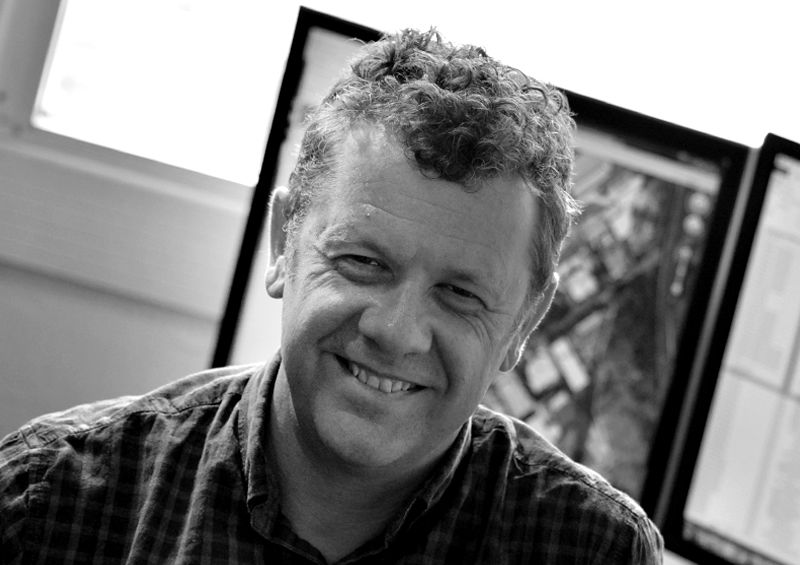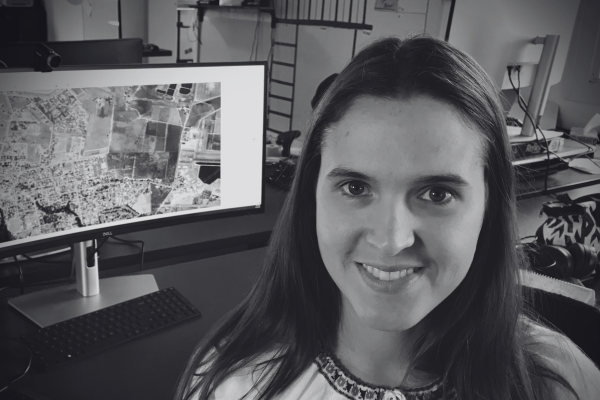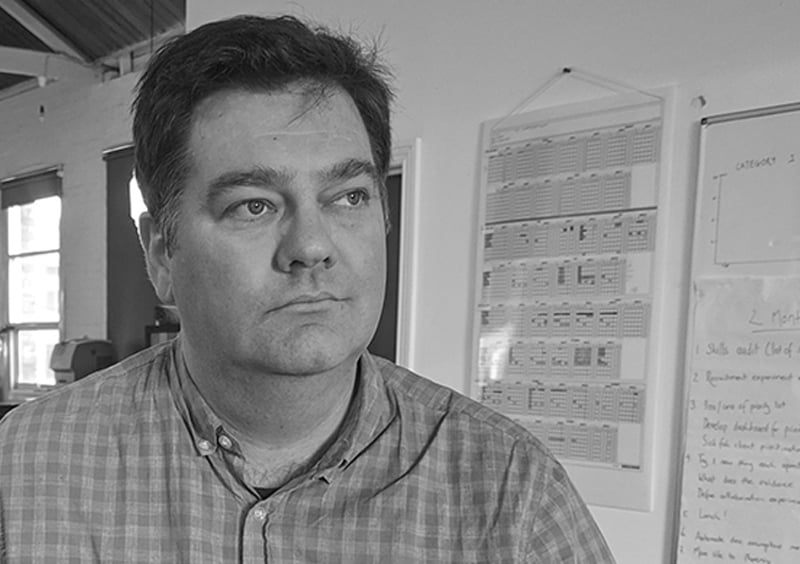The population and housing forecast for the Northern Melbourne region
SA4s in region:
- Melbourne- North East
- Melbourne - North West
Version: 5.1.0
Read forecast analysis and insights for the Northern Melbourne region from Australia's largest independent population forecasting team.
Detailed forecasts are available for this region
Our premium services give you detailed forecast information for this region to help you invest in the right place, at the right time.
- Forecasts by age and sex
- Single-year forecast periods
- Custom local area geography
- Forecasts of housing and development
Menu
Read the insights and analysis behind our population and dwellings forecasts for the Northern Melbourne region.
About the Northern Melbourne region
The Northern Melbourne region comprises two SA4s, Melbourne - North East, and Melbourne - North West. This region is forecast to account for 21% of the total population growth of Victoria between 2021 and 2046.
The North East SA4 contains established suburbs, with major centres like Preston, Epping, Heidelberg, and Reservoir. It extends northwards to the major fringe growth areas of Wollert, Donnybrook, Beveridge, and Wallan. The fringe growth of this area is contained within Precinct Structure Plans which are outlined by the Victorian Planning Authority.
The North West SA4 includes a large area stretching from established suburbs to its south, such as Avondale Heights. Niddrie and Strathmore, to rural townships in its north, including Romsey and Riddles Creek. It includes several major growth fronts on the urban fringe, including Mickleham, Greenbury and Sunbury as well as greenfield sites around Gisborne.
Key findings
North East
Over the forecast period, the Melbourne - North East SA4 is set to grow from 546,000 people in 2021 to around 916,000 by 2046, a growth of 67% in the period. This growth is mainly concentrated within the greenfield growth SA2s of Wallan, Whittlesea, and Wollert. There is also growth in activity centres in established areas like Preston - East SA2, Epping - South SA2, and Heidelberg - West SA2 fueled by densification around public transit hubs and main roads.
The Wallan SA2 sees remarkably high population growth over the forecast period, growing from almost 23,000 people in 2021 to around 159,000 people in 2046. Most of this growth is set to happen post-2030 when more of the greenfield areas of this SA2 get underway with development. Another factor fueling this growth is higher than average household sizes, this is due to the movement of young, and immigrant families to the new regions. There are similar stories in the Whittlesea SA2 and Wollert SA2, growing from 11,700 to 64,200 and 24,700 to 70,100 respectively. The Whittlesea SA2 and Wollert SA2 do see a slow drop off in activity through the forecast period as they exhaust their available land supply.
The Preston - East SA2 sees a continuing pattern of densification over the period, with many projects currently underway or in the pipeline, and with many areas flagged for this kind of development. This is also seen to a lesser extent in areas like Heidelberg - West and Heidelberg - Rosanna SA2s, Ivanhoe SA2, Epping - South SA2, and Reservoir - South East SA2.
There is a much smaller level of growth seen in areas like the Nillumbik - Kinglake SA3, where there are few opportunities for densification outside of the Eltham SA2 and few greenfield opportunities outside of the Wattle Glen - Diamond Creek SA2.
North West
Over the forecast period, the Melbourne - North West SA4 is set to grow from 428,954 people in 2021 to around 650,765 by 2046, a growth of 221,811 persons over the period, representing an annual growth rate of 1.83%. This growth is mainly concentrated within the growth areas with SA2 of Mickleham-Yuroke increasing its population by 56,517 persons over the period, at an annual growth rate of 4.7%. Sunbury will experience the second largest growth (29,700 persons) mainly in the latter half of the forecast period, as land supply elsewhere nears exhaustion. This also includes a degree of intensification around the town centre and station. Land supply in Sunbury South is likely to be exhausted over the period (soaking up additional demand once Diggers Rest has been built out), as is Greenvale - Bulla, with a total growth of 26,197 and 21,272 people respectively.
We assume densification in Broadmeadows as older housing stock is redeveloped and commercial and industrial areas see the development of high-rise apartment blocks, especially close to the station. As such the population of Broadmeadows is expected to increase by 11,700 persons over the period, with development increasing post 2030. Other centres close to stations are also likely to have some densification owing to the limited supply of land in the southern part of the SA4 and the high level of demand. The centres likely to undergo densification, albeit at a much lower scale, include Oak Park, Glenroy and Pascoe Vale, which are forecast to grow by between 2,000 to 3,000 people.
Airport West and Coburg North are also expected to see an increase in densification concentrated in industrial areas, as underused land is converted to residential.
Lower growth is expected in areas like Avondale Heights, Fawkner, Keilor and Keilor East, which do not have significant transport links and / or brownfield sites. Development opportunities are mainly from infill as existing homeowners redevelop and subdivide their properties. Low growth is also expected in recently developed areas, such as Roxbourgh Park and Craigeburn, which have few further development opportunities and are unlikely to experience much infill owing to the age of the housing.
What share of Australia's growth will occur in Victoria?
We set the context for our local area forecasts with a presentation of our state- and regional-level forecasts for Victoria.
Access the presentation slides (including our forecast data for each region), and a short recap or the full webinar presentation on-demand. Learn what's driving change and how much growth will go to each region of the state over the 25 years to 2046.
Forecast results
The following forecast information presents the combined numbers for Melbourne - North East and Melbourne - North West SA4s.
Learn more about the different options to access these forecasts for Local Government Areas (LGAs), suburbs, custom catchments or the entire state or nation here.
| 2021 | 2026 | 2031 | 2036 | 2041 | 2046 | |
| Forecast Population | 546,251 | 611,877 | 679,159 | 751,411 | 830,542 | 916,103 |
| Change (five year) | - | 65,626 | 67,283 | 72,252 | 79,131 | 85,561 |
| Average Annual Change (%) | - | 2.29% | 2.11% | 2.04% | 2.02% | 1.98% |
| Forecast Dwellings | 211,268 | 235,099 | 261,845 | 290,213 | 321,051 | 354,311 |
| Change (five year) | - | 23,831 | 26,746 | 28,368 | 30,838 | 33,260 |
| Average Annual Change (%) | - | 2.16% | 2.18% | 2.08% | 2.04% | 1.99% |
1 national forecasting program.
6 ways to explore.
![]()
forecast.id
Plan for the changing needs of your community with a trusted forecast of population and housing in your Local Government Area, published in an accessible online tool.
![]()
forecast.id premium
Bring the full power of our National Forecasting Program into your organisation. We'll work with you to tailor a data partnership supported by briefings from our experts.
![]()
forecast.id partners
Our pay-per-download program gives our consulting partners instant access to reliable and respected forecast information on a project-by-project basis.
![]()
forecast.id hotspot report
Find a location near the people you serve with a tailored report that identifies up to ten locations with the highest number of people in your target demographic.
![]()
forecast.id location report
Whether you're investing in a new location or checking your current strategy is on track, forecast.id location reports quantify future demand around a known location.






.png?width=600&height=400&name=Meet%20the%20team%20%20Oliver%20Bowering%20(1).png)
